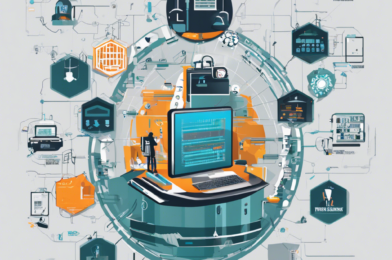The tech industry is increasingly embracing sustainability, recognizing that the environmental impact of technology is a crucial responsibility. From energy-efficient data centers to eco-friendly product designs, sustainable tech innovations are shaping a greener future. These advancements not only reduce carbon footprints but also drive economic growth and foster a more environmentally conscious society. Let’s explore some of the fascinating ways technology is being reimagined to make a positive difference for our planet.
In the realm of energy, renewable sources are taking center stage. Solar power, in particular, has seen remarkable advancements. Solar panels are becoming more efficient, with companies developing cutting-edge technologies like perovskite solar cells, offering higher efficiency and flexibility. Moreover, solar energy storage solutions are becoming more accessible, allowing homes and businesses to store excess energy for use during peak hours or power outages. This not only reduces reliance on fossil fuels but also provides a reliable source of clean energy.
Green transportation is another area experiencing rapid evolution. Electric vehicles (EVs) are gaining popularity globally, with major automakers committing to all-electric fleets in the near future. This shift is reducing greenhouse gas emissions significantly. Innovative startups are also making waves, introducing new materials and designs to enhance EV efficiency. For instance, the use of lightweight composites reduces energy consumption, while advancements in battery technology increase driving range and decrease charging times.
Sustainable tech is also transforming agriculture. Precision farming technologies, including IoT sensors and drones, enable farmers to optimize water and fertilizer use, minimizing waste and maximizing yield. Vertical farming, a method of growing crops indoors in stacked layers, is revolutionizing urban agriculture. This approach uses less water and space while producing crops year-round, reducing the carbon footprint associated with traditional farming practices.
To conclude, the journey towards a sustainable future is well underway within the tech industry. From renewable energy solutions to sustainable transportation and agriculture, these innovations are not just environmentally conscious but also economically viable. By embracing these technologies, we can create a greener and more resilient world, ensuring a brighter future for generations to come. In the next part of this series, we will delve into further detail on the latest advancements in sustainable technology and their global impact.








